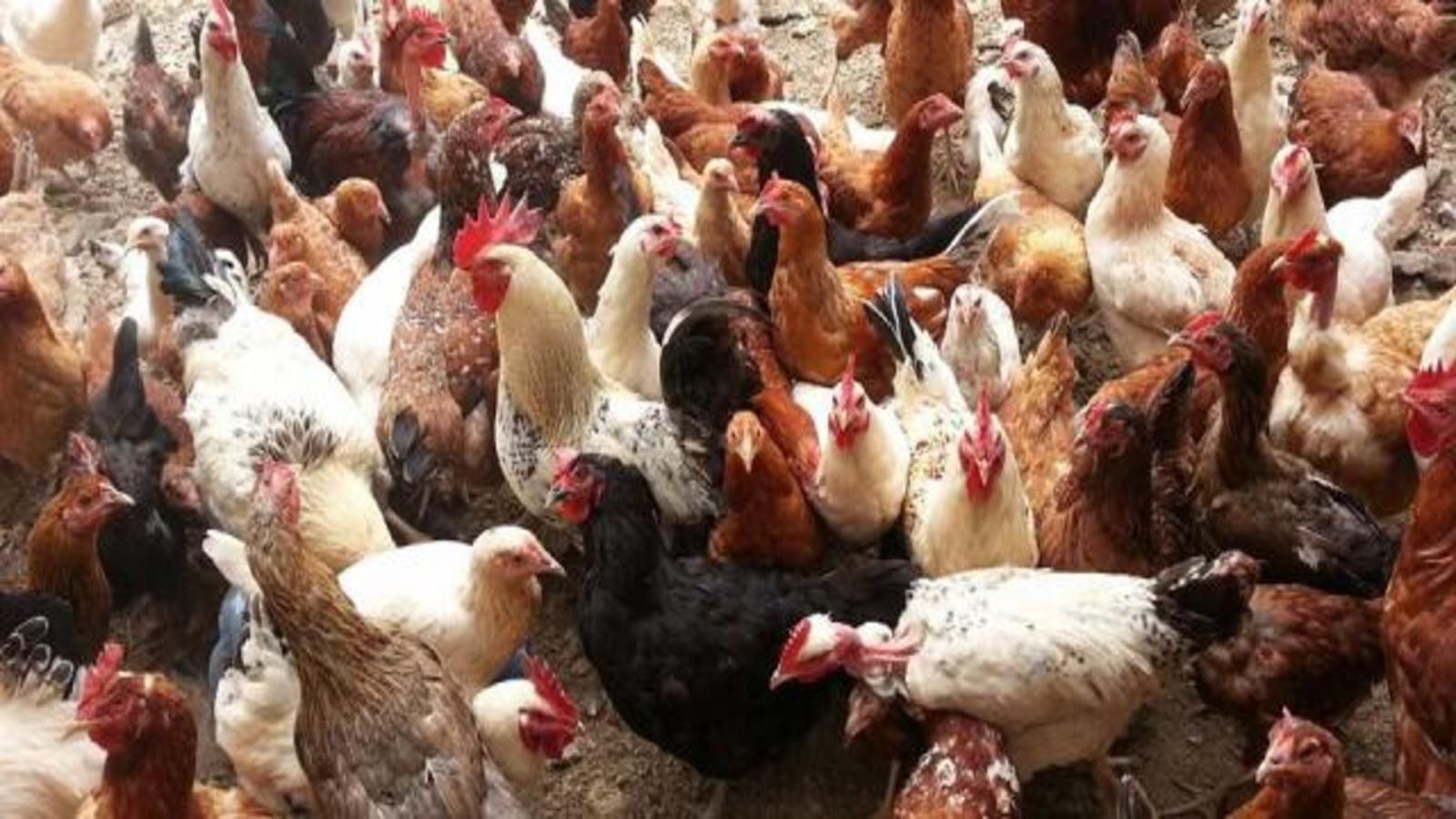U.S – The Center for Produce Safety (CPS) has provided funding for two studies that aim to determine production practices that may lead to Salmonella contamination of bulb onions and food safety management techniques for the product.
The U.S. Food and Drug Administration (FDA) recently released a commodity-specific food safety prevention strategy on dry bulb onions.
Bulb onions have a long history of being linked to salmonellosis outbreaks with little information available regarding how Salmonella behaves on the products.
The two ongoing studies’ objective is to produce guidelines for onion crop management, harvesting, curing, storage, and distribution that will aid the industry in reducing the risk of Salmonella contamination.
Researchers have carried out field tests in Oregon and Washington to duplicate agricultural practices that may have led to a foodborne illness outbreak in 2020–2021, which was connected to California-produced onions tainted with Salmonella.
To further grasp the hazards, the researchers want to determine what happened during the affected onions’ growing phases.
The researchers sprayed contaminated agricultural water on red and white onions in Washington by combining it with pesticide or clay sunscreen crop protection sprays, and on yellow onion crops in Oregon using overhead irrigation using an Escherichia coli cocktail as a substitute for Salmonella.
Due to the increased risk of consumer illness the closer to harvest a contamination incident occurs, the researchers in Oregon and Washington concentrated on applying the contaminated agricultural water later in the onion development cycle at two distinct sites to simulate various climatic circumstances.
The pathogen levels were observed in both studies while the onions developed and cured for 30 days in the field.
However, just one onion out of 440 tested positive for the Salmonella surrogate after the final samples were gathered and examined.
Although the researchers claim that the findings are good news for business and food safety, the cause of the outbreaks in 2020–2021 remains a mystery.
In order to determine whether water applied to the leaves of younger plants can serve as a contamination route of entry by transferring into onion tissue, the researchers will carry out laboratory dye investigations throughout the winter of 2022.
Study in Texas
On the other hand, a study is currently being conducted in Texas to better understand how Salmonella colonizes and internalizes in onion bulbs as well as to explore production techniques that may decrease plant susceptibility,
The study is motivated by a 2021 multistate salmonellosis outbreak linked to red onions.
The researchers want to investigate the genetic capacity of crops to fight Salmonella. They are motivated by studies done with other products that show how enteric infections can cause immune-like responses in plants.
The researchers will conduct field trials to determine how bulb quality traits, such as nitrogen content, moisture level, and macro- and micro-elements, influence Salmonella internalization.
Additionally, the researchers will explore whether Salmonella shares the same entry routes into onions with plant pathogenic bacteria that cause rot—while curing in the field, through drying leaves or harvest wounds.
The researchers also plan to sample onion production sites, packing sheds, and storage facilities to monitor whether such environments are conducive to Salmonella growth.
To develop new methods for preventing Salmonella in onions, researchers could leverage information on the synthesis and regulation of antimicrobial substances from plants.
Characterizing the genetic foundation as well as the chemical and physical elements driving Salmonella internalization will also aid in elucidating the dynamics at play.
The studies in Texas, Washington, and Oregon will all culminate in December 2023.
For all the latest food safety news from Africa and the World, subscribe to our NEWSLETTER, follow us on Twitter and LinkedIn, like us on Facebook and subscribe to our YouTube channel.








